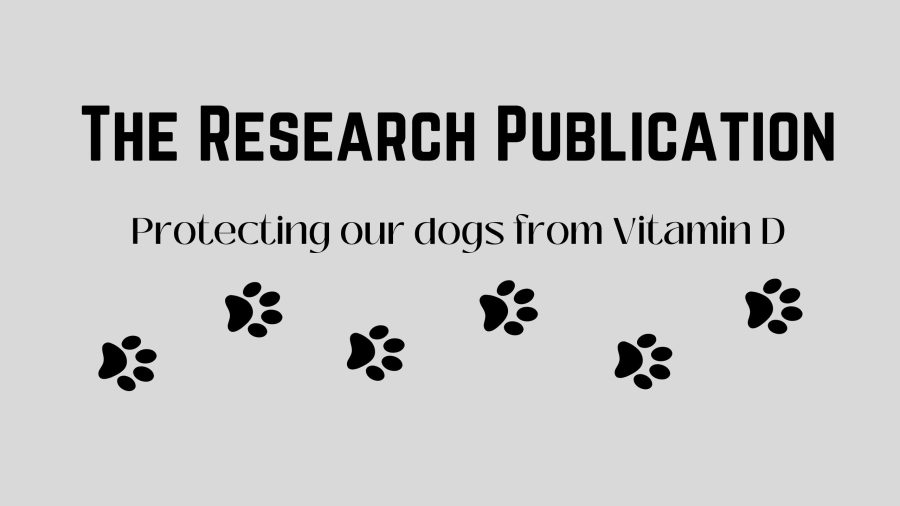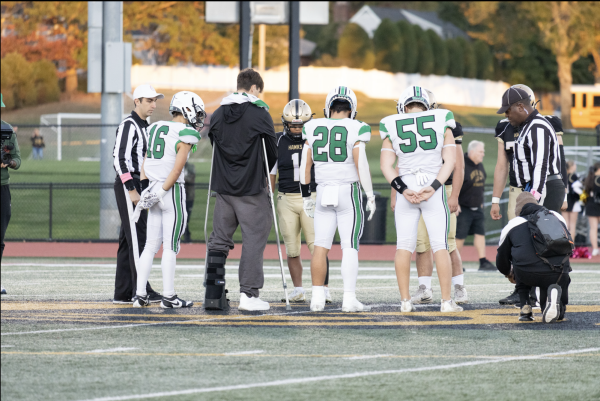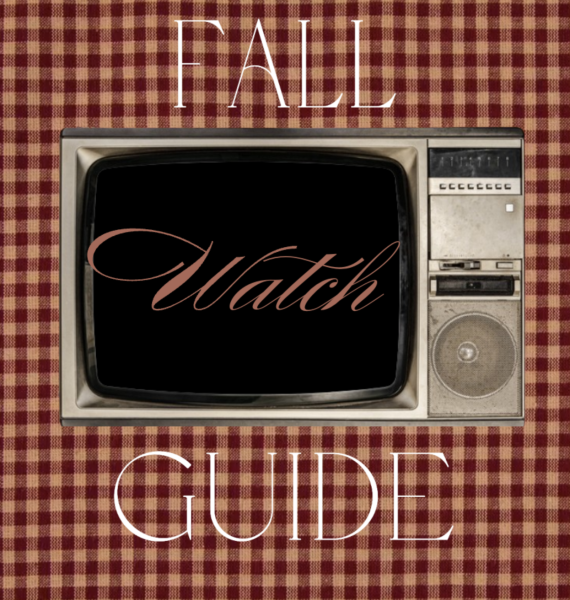How to protect your dog from Vitamin D
The PV Student Publication has partnered with The Research Club to publish a series of research essays explaining innovative new research studies as well as other important topics. This essay explores the effect of Vitamin D consumption on dogs and how to prevent, and if necessary, help the situation.
It is often easy to forget that our pets are more different than similar to us. Specifically, dogs need to watch out for which foods and nutrients they are consuming frequently. Their diets need to be treated with fragility.
Vitamin D is a nutrient that when consumed in large amounts, can be harmful to your pet’s health. Vitamin D toxicity mainly occurs when the dog consumes food with large amounts of the vitamin. Dogs can also be affected by this vitamin when they find their way into an owner’s stash of Vitamin D supplements; this happens more often than assumed. This is a sign that owners need to be more diligent about keeping their personal medications and supplements stored away from their pets. Pets, in this instance, are similar to having a small child and should be treated the same. Dogs can also develop toxicity to vitamin D through chemicals meant to kill off other animals, specifically cholecalciferol rodenticides.
In order to recognize that there is something wrong with your dog, you will start to notice that your dog is showing signs of Vitamin D toxicity. Some of the most common signs of the illness include vomiting, loss of appetite, drinking and urinating more frequently, and weight loss. The rate that the symptoms may appear is based on the concentration of vitamin D in the foods that they are consuming. Symptoms may gradually, or rapidly appear in the span of hours, or days. If your dog shows any of these symptoms be sure to take them to a veterinarian.
The only people that are able to officially diagnose Vitamin D toxicity are veterinarians. Vets usually start by evaluating the signs and symptoms that your pet is showing and then asking you (the owner) questions about the pet’s diet, and food that they may have accidentally consumed. They may continue the evaluation by taking a blood sample measuring the levels of calcium, phosphorus, and Vitamin D, and/or taking a urine sample assessing the function of the kidneys. Based on the results of these tests, the veterinarian will decide the level of treatment needed for the dog.
Depending on the results of the testing done by the veterinarian, the level of treatment varies. In general, the main focus is to stop feeding your dog the food that contains Vitamin D and to flush the excess Vitamin D from the dog’s system. If the veterinarian decides that it is a more extreme case of Vitamin D toxicity, they may prescribe medicine. In less extreme cases, the veterinarian may decide that a change in diet will be enough and the problem will be resolved in a matter of weeks or months. In most cases, the veterinarian will continue to monitor the blood calcium, and phosphorus levels until they are controlled.
The FDA provides suggestions to owners and veterinarians on how to best tend to the dog’s needs when they are facing toxicity of Vitamin D. Owners need to be aware of the signs that their pet may be exhibiting because of this unknown intolerance. The FDA advises recording your dog’s diet so the vet can make a prediction about what might be causing this intolerance. Alert your vet of the specific brands you use so they can direct you in finding what brand may be a better fit or choice for your dog. You can also work with your vet to file a report to the FDA. On their website, they provide information on how to file a complaint and what that entails. The article provides vets with information on how to best help their clients as well.








